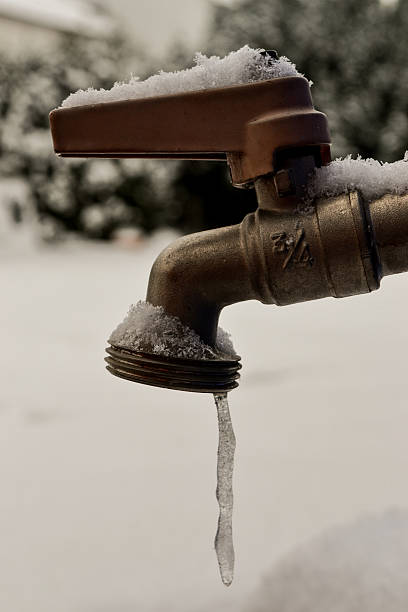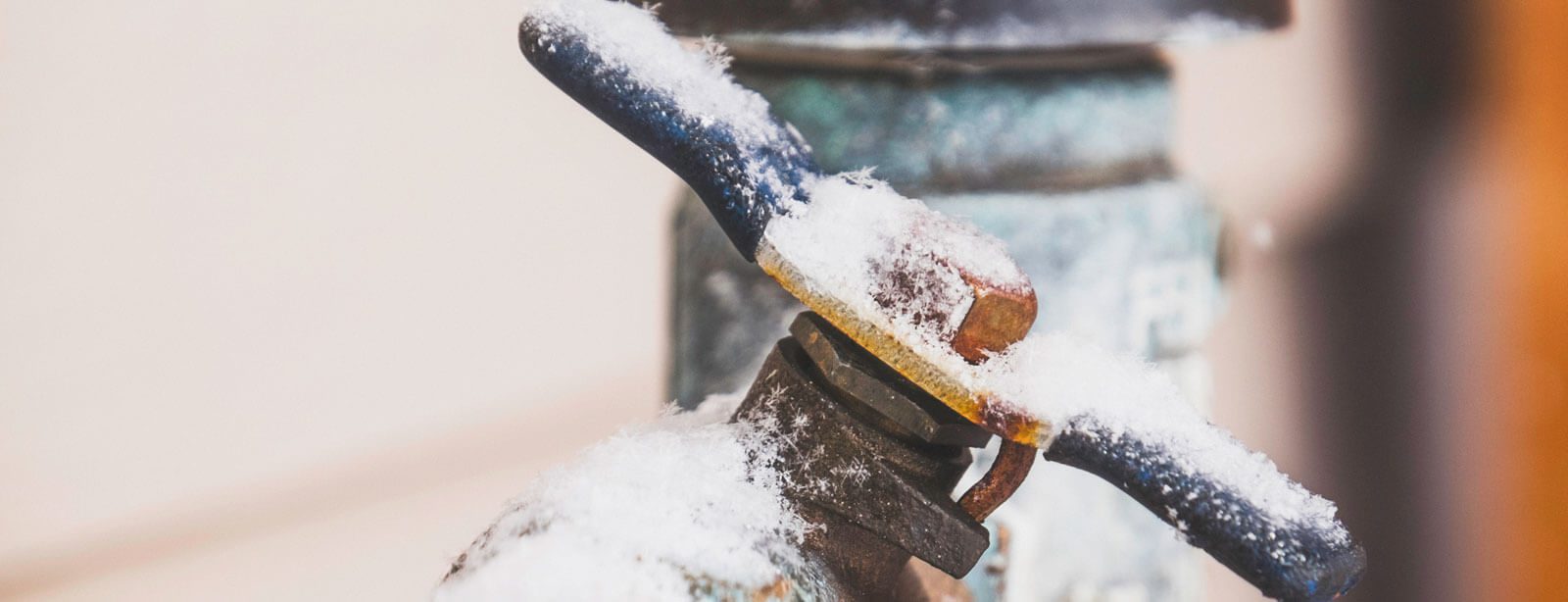Essential Methods for Avoiding Frozen Pipes in Winter
Essential Methods for Avoiding Frozen Pipes in Winter
Blog Article
How do you feel on the subject of Prevent Frozen Pipes ?

Cold weather can ruin your pipes, particularly by freezing pipelines. Here's exactly how to prevent it from taking place and what to do if it does.
Introduction
As temperatures decline, the threat of icy pipelines boosts, potentially resulting in expensive fixings and water damage. Recognizing just how to avoid frozen pipes is crucial for home owners in cool environments.
Recognizing Icy Pipes
What causes pipelines to freeze?
Pipes freeze when revealed to temperature levels listed below 32 ° F (0 ° C) for prolonged periods. As water inside the pipes ices up, it increases, putting pressure on the pipe wall surfaces and possibly creating them to burst.
Dangers and damages
Icy pipelines can bring about supply of water interruptions, residential or commercial property damage, and costly repair services. Burst pipelines can flooding homes and create comprehensive structural damages.
Signs of Frozen Pipeline
Identifying frozen pipes early can avoid them from rupturing.
How to determine icy pipelines
Try to find decreased water flow from taps, unusual odors or noises from pipes, and visible frost on subjected pipelines.
Prevention Tips
Insulating susceptible pipes
Cover pipelines in insulation sleeves or make use of warm tape to shield them from freezing temperature levels. Focus on pipelines in unheated or exterior areas of the home.
Heating methods
Keep interior areas adequately heated up, especially areas with pipes. Open closet doors to permit cozy air to distribute around pipes under sinks.
Protecting Outside Pipes
Garden hoses and outside faucets
Separate and drain pipes yard hose pipes prior to winter months. Set up frost-proof spigots or cover exterior taps with protected caps.
What to Do If Your Pipes Freeze
Immediate actions to take
If you think icy pipelines, keep faucets available to alleviate pressure as the ice melts. Make use of a hairdryer or towels taken in warm water to thaw pipelines slowly.
Long-Term Solutions
Architectural changes
Think about rerouting pipes away from outside wall surfaces or unheated locations. Include extra insulation to attic rooms, cellars, and crawl spaces.
Upgrading insulation
Invest in top quality insulation for pipelines, attics, and walls. Appropriate insulation aids maintain regular temperature levels and minimizes the danger of icy pipes.
Conclusion
Preventing frozen pipes requires proactive actions and fast responses. By comprehending the causes, indicators, and safety nets, property owners can shield their pipes during winter.
6 Proven Ways to Prevent Frozen Pipes and Protect Your Home
Disconnect and Drain Garden Hoses
Before winter arrives, start by disconnecting your garden hoses and draining any remaining water. Close the shut-off valves that supply outdoor hose bibs and leave the outdoor faucet open to allow any residual water to drain. For extra protection, consider using faucet covers throughout the colder months. It’s also important to drain water from any sprinkler supply lines following the manufacturer’s directions.
Insulate Exposed Pipes
Insulating your pipes is an effective way to prevent freezing. Pipe insulation is readily available at home improvement stores and is relatively inexpensive. Pay close attention to pipes in unheated areas such as the attic, basement, crawl spaces, or garage. Apply foam insulation generously to create a buffer against the cold. You can also wrap your pipes in heat tape or thermostat-controlled heat cables for added warmth.
Seal Air Leaks
Inspect your home for any cracks or openings that could let in cold air. Seal any holes around the piping in interior or exterior walls, as well as the sill plates where your home rests on its foundation. Additionally, make sure to keep your garage door closed unless you’re entering or exiting. Leaving it open creates a significant air leak that can lead to frozen pipes.
Allow Warm Air Circulation
During cold snaps, it’s essential to allow warm air to circulate evenly throughout your home. Leave interior doors ajar to promote better airflow. Open kitchen and bathroom cabinets to help distribute heat consistently around the rooms. If you have small children or pets, be sure to remove any household chemicals or potentially harmful cleaners from open cabinets for safety.
Let Faucets Drip
A small trickle of water can make a big difference in preventing ice formation inside your pipes. When temperatures drop significantly, start a drip of water from all faucets served by exposed pipes. This continuous flow helps prevent the water from freezing. Additionally, running a few faucets slightly can relieve pressure inside the pipes, reducing the chances of a rupture if the water inside does freeze.
https://choateshvac.com/6-proven-ways-to-prevent-frozen-pipes-and-protect-your-home/

Do you enjoy reading about How to prepare your home plumbing for winter weather? Post feedback directly below. We would be delighted to know your opinion about this blog posting. We hope that you come back again before long. Sharing is nice. Helping people is fun. Many thanks for taking the time to read it.
Get Started Report this page